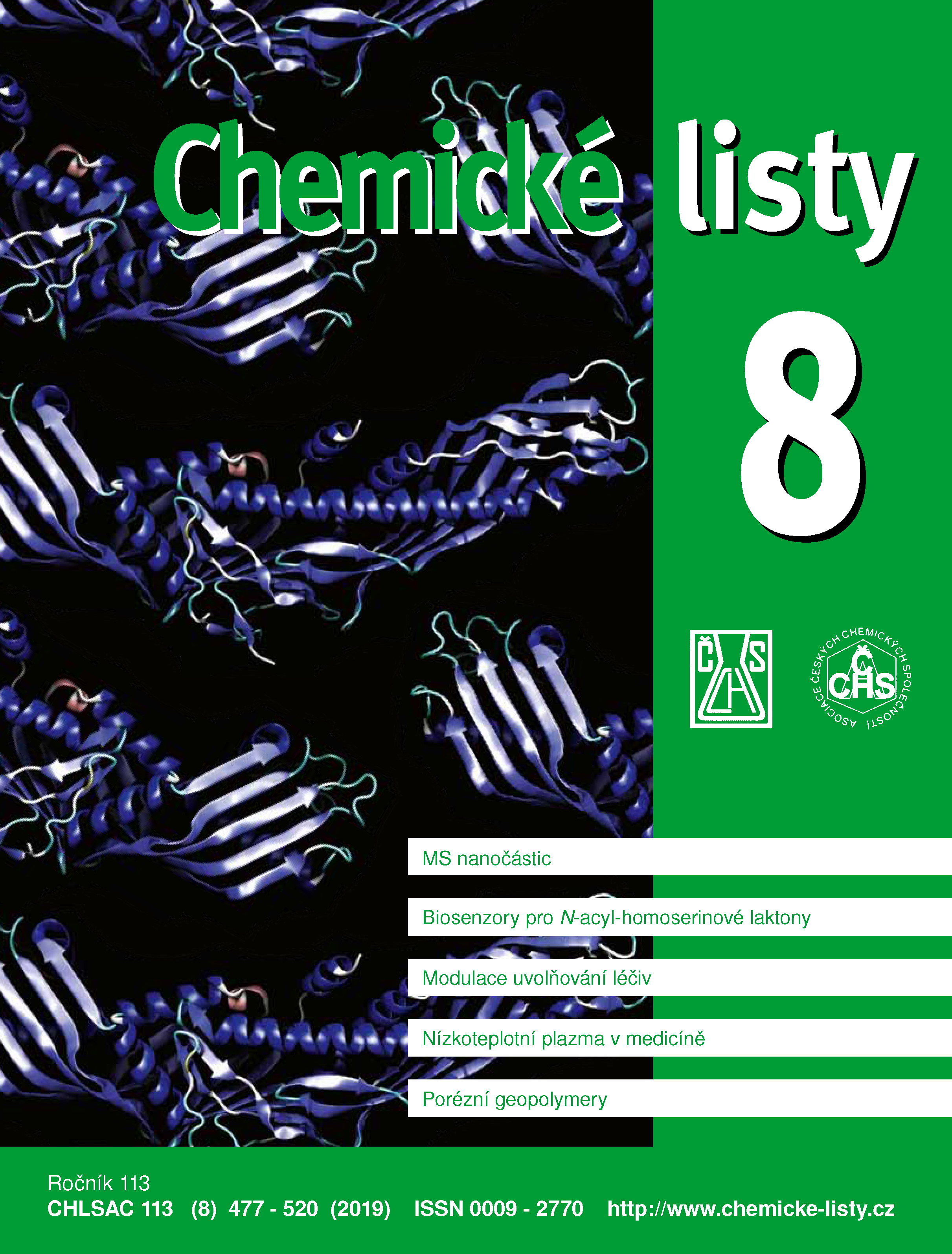Modulation of Drug Release from Modern Oral Hypromellose Matrix System
Keywords:
hypromellose, matrix systems, drug controlled release, mucoadhesive dosage forms, microparticles, nanoparticles, 3D printing, nanofibersAbstract
Hypromellose, a semi-synthetic derivative of cellulose, is by far the most commonly used hydrophilic polymer for the development of oral controlled release dosage forms. Modulation of drug release can be achieved by combination of different viscosity grades of hypromellose or combination with other polymers including water insoluble, non-ionic or ionic polymers. These combinations of excipients are widely used in the formulation of standard and also modern dosage forms including matrix tablets, multilayer tablets, minitablets, floating gastroretentive system, mucoadhesive dosage forms, micro- and nanoparticles, 3D printed dosage forms, and nanofiber-based drug delivery systems.





